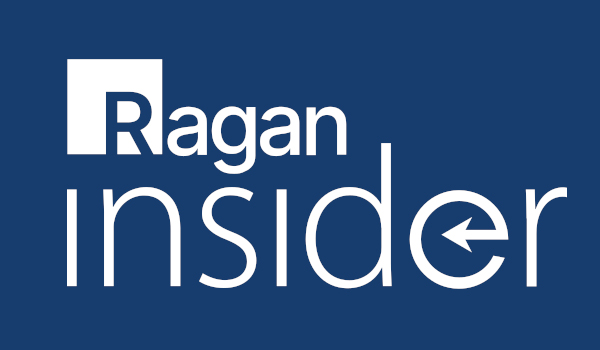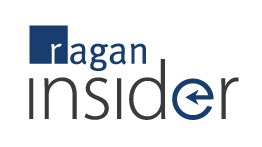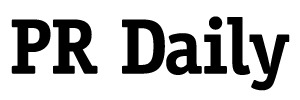Copyright ‘safe harbor’: A primer for PR pros
The Digital Millennium Copyright Act serves to police online content, so don’t mistakenly error. Protect your organization or client and avoid legal repercussions by following these steps.

Success in public relations and marketing in the digital communications era involves building platforms for and encouraging interactive messaging. To that end, PR pros and social media marketers must pay particular attention to copyright laws when using user-generated content.
Allowing users to post and comment on online content can foster engagement and traffic to your company or client’s website. It can also create exposure for claims resulting from what your users post or say on your website.
For example, if a user uploads copyrighted material, such as a photo or video, to your company or client’s website, your website can be held secondarily liable as a copyright infringer if it’s not compliant with the Digital Millennium Copyright Act or DMCA. There are, however, steps you can take to protect yourself from these claims.
Safe harbor
Under the DMCA, operators of websites that allow the posting of user-generated content are insulated from liability for copyright infringement under certain conditions. To qualify for this “safe harbor,” your company or client must take the following steps:
Become a Ragan Insider member to read this article and all other archived content.
Sign up today
Already a member? Log in here.
Learn more about Ragan Insider.


